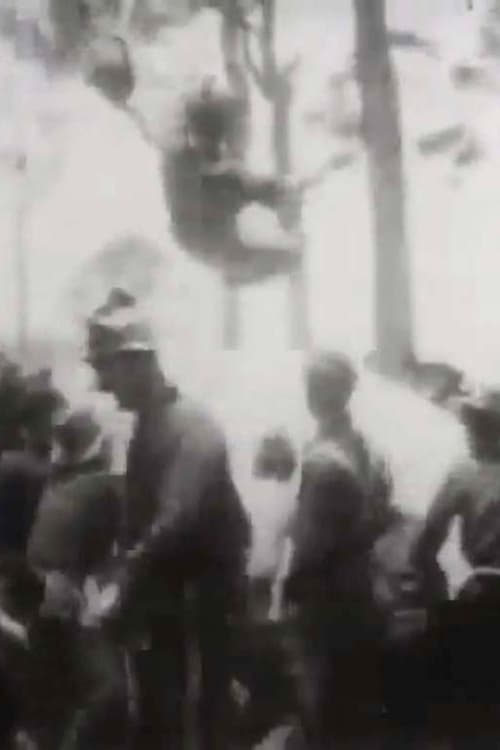Tossing a Nigger in a Blanket (1898)
Genre : Documentary
Runtime : 1M
Director : William C. Paley
Synopsis
A method soldier boys have for amusing themselves in their leisure moments. New comrades are frequently initiated by the old-fashioned sport of tossing in a blanket. The newly arrived recruit, who is the victim of their sport, enjoys himself, perhaps, less than the other participants.

Nigger is a dark comedy about a young couple who are going to be parents. When the child comes, there's a surprise.

The viewer enters the Internet along with the producer, who uses a pseudonym in order to interview people who engage in a highly problematic and taboo practice: Nazi-fetish-based sadomasochism. Video images created directly on the computer and stories from the artist's memory ask such questions as: How does history affect the body? How are cultural memories transmitted? And, when historical events become part of a culture's discourse, how does the meaning of the original event shift?
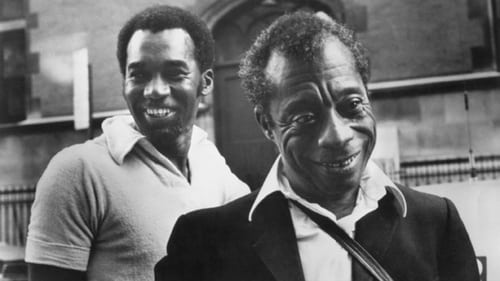
James Baldwin and Dick Gregory discuss the Civil Rights Movement in 1960s Great Britain.
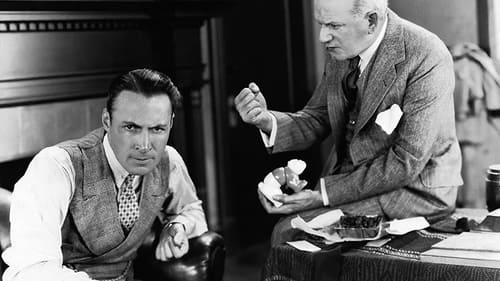
A young man from Argentina goes to Yale where he plays football and falls in love with a professor's beautiful daughter.
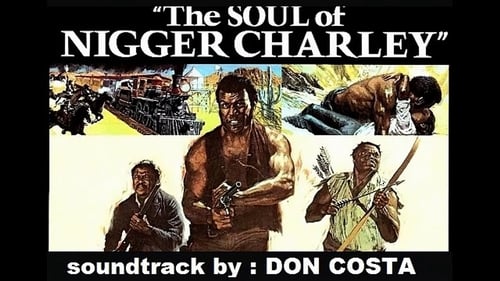
After the end of the Civil War, Charley fights against a group of Southern soldiers seeking to reignite the Confederacy.
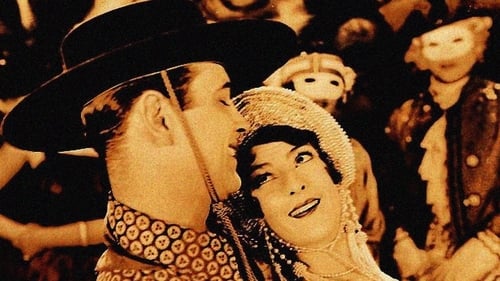
Helen Wayne and Archie Crossley, two clever pickpockets, rob J. Hamilton Smith, a well-known metropolitan banker, and he is later recognized by one of their gang as a former prisonmate; they demand a price for their silence, and he is forced to accede.

Three stories. We see, but little is explained. In "The Married Couple," a salesman pays a call on an old customer who is with his wife in the upstairs bedroom of their ill adult son. Another salesman may beat him to the punch, but not before disorienting changes. A maid scrubs the floor. "In the Penal Colony": a man arrives at a penal colony where an officer demonstrates a bizarre apparatus, one that punches a message into the skin of a prisoner strapped beneath it. Who will be punished? In "Fratricide," a man is murdered at night by someone he knows well. A woman grieves.
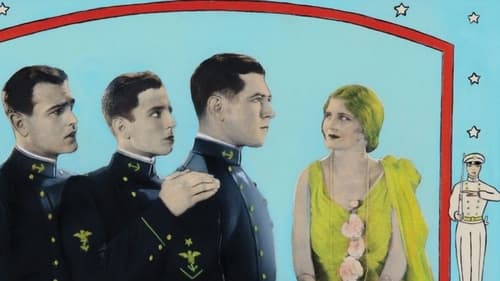
Bill is a young man who arrives at the Naval Academy in Annapolis. He is an incorrigible know-all, and emerges a sober man. Meanwhile, Bill is accused of a crime committed by his friend, and because he doesn't squeal, he wins the heart and hand of the blond Betty. She is his friend's girl.

In defending his refusal to be conscripted into the Vietnam War, champion boxer Muhammed Ali defiantly declared: ‘No Vietcong ever called me a nigger, my enemies are white people, not the Vietcong.’ His rebuttal suggested the title of this documentary, which depicts an anti-Vietnam-War rally in New York in 1967.

This is in every respect a stunning picture, though somewhat bohemian in subject. It depicts in six scenes, six lively hours at New York City's famous Tenderloin dance hall, "The Haymarket." In every particular the much talked-of resort is reproduced exactly. The interior and exterior are both shown as they are. The first scene shows the opening of the hall, with the sidewalk crowds of girls and men. The second is the dance, showing the various forms of the waltz in vogue in New York. Then comes a fight in the wine room, then the eviction of the riotous young men, and finally a boisterous can-can and a raid by the police.

The camera was situated on an ocean beach. The only action visible is a large number of children bathing in the surf. For the full extent of the film, the group can be seen splashing about in the surf.

A large number of men wearing bathing suits march quick step by the camera. As the men continue, the seashore can be seen. Behind the marching men is an amusement pier out over the ocean. The film ends as the men can be seen in the distance marching into the water.

This film was photographed in the winter, much of it during an actual snowstorm, and snow can be seen on the ground in all scenes. The subject is a group of men, clothed only in swimming trunks, who demonstrate their physical prowess by doing calisthenics, playing handball, and swimming during freezing weather.

The first scenes were photographed from a boat that was either rowed or sculled along the waterway of the st. Louis exposition. The film shows the principal exhibit buildings lining the mall, as well as statues and bridges. The next camera position was stationary. The scenes show decorated rowboats and motorboats laden with costumed people as though part of a parade. The lead boat in the parade contains a single occupant in military uniform. See also: parade of floats.

A man in a plaid suit with a lantern hung around his neck comes out on stage, followed by another man who also carries a lantern. They turn as if to view the work and then turn toward the camera. Another person in frock coat and stovepipe hat appears on stage, carrying a sign that reads, "fusion, on to brooklyn." the three men march around in an attempt to convey a political idea, for in addition to the placard, they are carrying bags with dollar signs on them.

An exhibition of water throwing by the Ocean Company of Green, N.Y., using an old-fashioned hand power engine.

This picture is very novel and interesting. It gives the complete trip from the station at the New York City end of the bridge to the station at the Brooklyn end, as seen from the front end of a third rail car running at high speed. The entire trip consumes three minutes of time, during which abundant opportunity is given to observe all the structural wonders of the bridge, and far distant river panorama below.

Panoramic view of the coal docks with a ship in the background. Shows tourists throwing money on the dock, and a large crowd of men and women fighting like made for it. Shows between 200 and 300 women coaling a ship. (Taken on the midwinter cruise of the S.S. "Prinzessin Victoria Luise" of the Hamburg-American Line.)

Taken at St. John's Home, Coney Island. A large number of boys are bathing in the surf. At a signal the boys leave the water and walk toward the camera. A very unique subject.

There is painted backdrop with a wooden fence in front of it and three steps leading to a porch. A man seated on the steps is approached by two men, costumed as frock-coated, stovepipe-hatted politicians who ask for and receive money. Soon a person dressed in a tiger skin appears and chases the three men away and then mounts the stairs and acts as if he were monarch of all he surveys.
